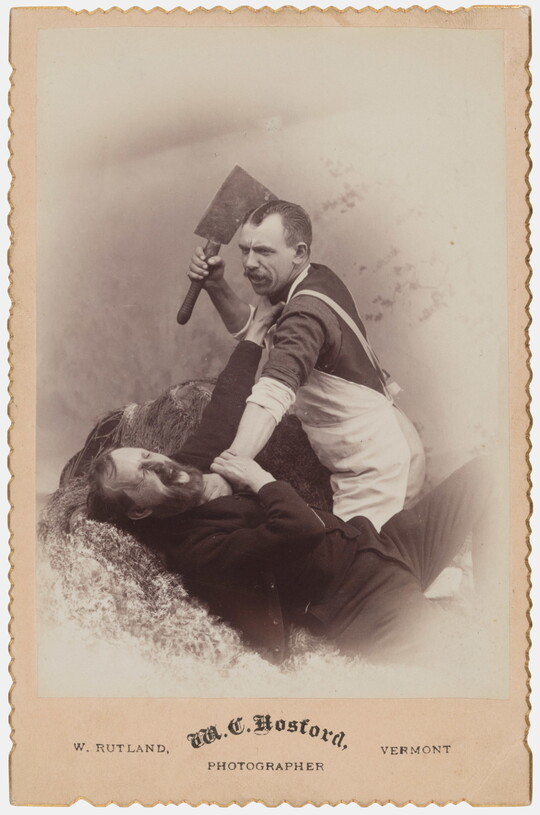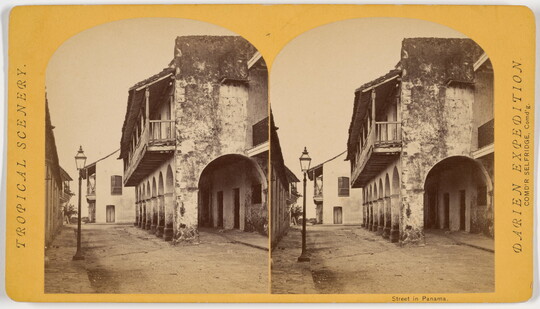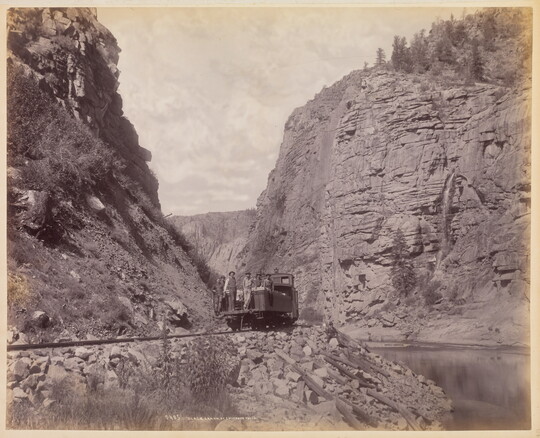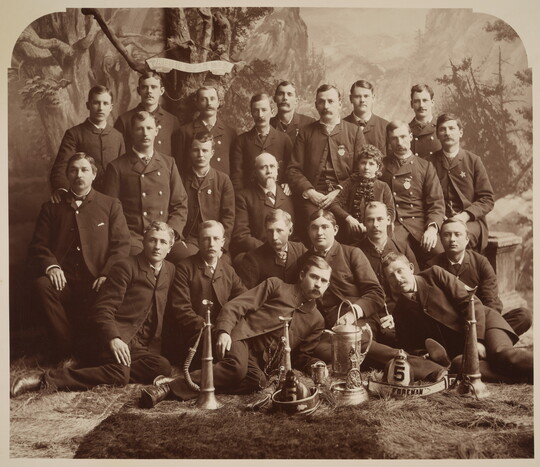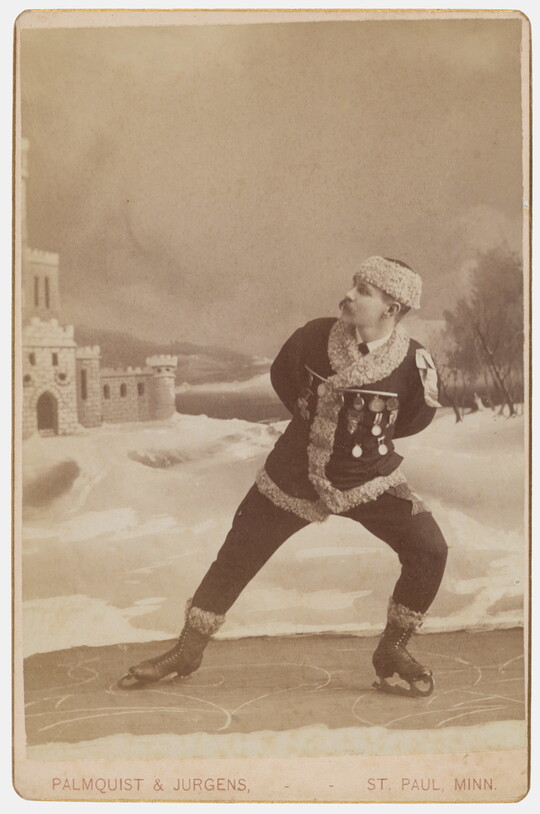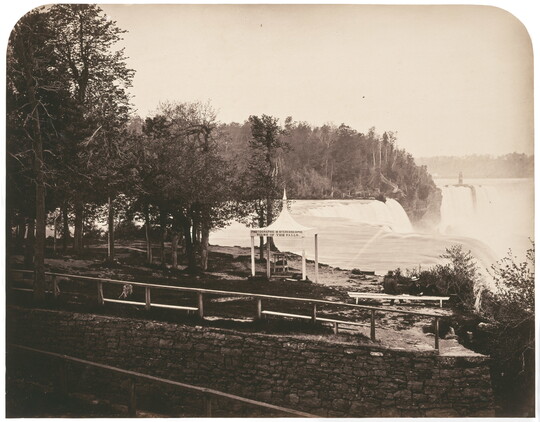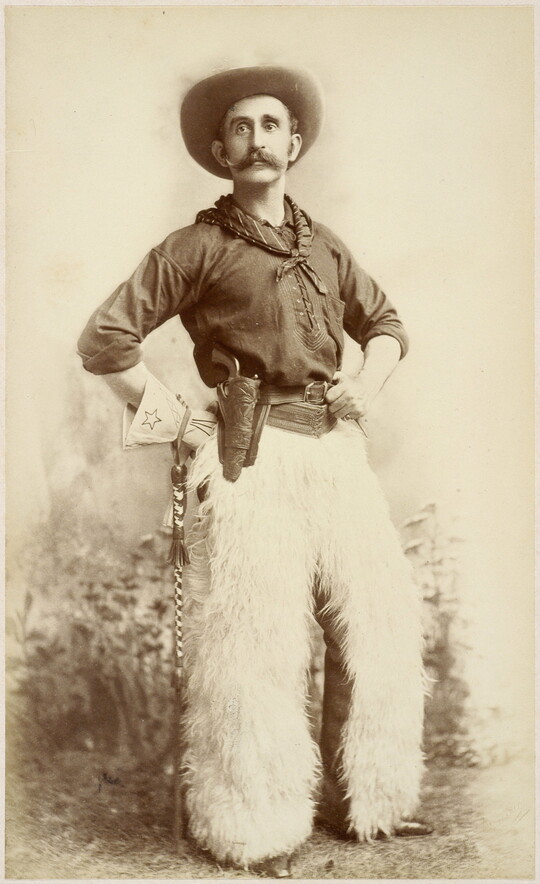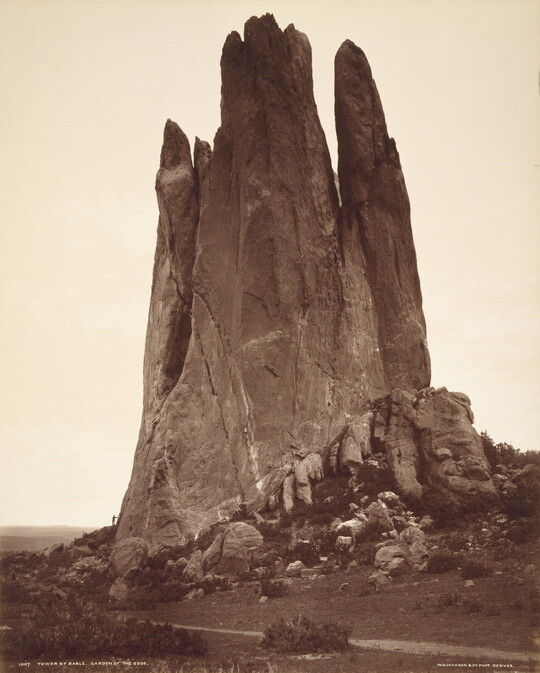


Artwork Images
Photo:
Controls
The Wreck of the Viscata
Object Details
-
Date
1868
-
Object Type
Photographs
-
Medium
Albumen silver print
-
Object Format
Mammoth plate
-
Dimensions
Image: 15 11/16 x 20 11/16 in.
Sheet: 15 11/16 x 20 11/16 in.
Mount: 21 3/4 x 26 3/4 in. -
Inscriptions
Mount, Recto:
l.c. in ink: The Wreck of the Viscata
-
Credit Line
Amon Carter Museum of American Art, Fort Worth, Texas
-
Accession Number
P1980.33
-
Copyright
Public domain
Additional details
Location: Off view
See more by Carleton E. Watkins
Tags
-
How does an artist's choice of medium and materials impact an artwork?
What artistic choices does a photographer make when creating an image?
How is the archetypal theme of human versus nature depicted in works of art?
How do artists convey tone?
How does an artwork enrich and influence the telling of history?
-
What do you observe? What do you believe is the focus of this image?
This photograph is titled The Wreck of the Viscata. It was taken in 1868 at the shipwreck of the Viscata, which intended to travel from San Francisco to Liverpool with wheat but became beached on Fort Point after passing through the Golden Gate strait.
What is happening on the beach at the moment of this photograph? How active is the shipwreck in this image? (Have students note evidence of the photographer within the photograph including a camera, horse-drawn supply wagon, and darkroom tent near the midline. For the ability to zoom in closely, please see the Carter’s collection on Google Arts and Culture.)
How would you describe the setting? Why do you believe the artist included the mountains, water, and beach, rather than focusing solely on the ship? What impact do you believe the natural environment of this setting had on the events that occurred?
What is the tone of this scene? What choices did the photographer make to create that tone?
Why do you believe Carleton Watkins chose to create this photograph? How does viewing a photograph of an event differ from reading about it?
-
Grades 5–12
Have students write a newspaper article informing readers of the wreck of the Viscata. Using Carleton Watkin’s photograph to inform their account, students should take care to communicate enough detail for readers to get a full impression of the event. Students should also consider how their word choice affects the tone of their article.
Share Educator Resources
Amon Carter Disclaimer
This information is published from the Carter's collection database. Updates and additions based on research and imaging activities are ongoing. The images, titles, and inscriptions are products of their time and are presented here as documentation, not as a reflection of the Carter’s values. If you have corrections or additional information about this object please email us to help us improve our records.
Every effort has been made to accurately determine the rights status of works and their images. Please email us if you have further information on the rights status of a work contrary or in addition to the information in our records.
Related Works
-
[Getting the cleaver], 1880s
M.C. Hosford
Albumen silver print
P2016.104.B
-
Street in Panama., 1871
John Moran
Albumen silver print
P1983.3.12
-
Black Cañon at Chipeta Falls, ca. 1880-1885
George E. Mellen
Albumen silver print
P1971.22.51
-
A Glimpse of Guanajuato, Mexico, ca. 1883-1884
William Henry Jackson
Albumen silver print
P1981.47.1
-
[Tabor Hose No. 5], ca. 1885
Unknown
Albumen silver print
P1976.45.17
-
[Skater], 1880s
Alfred U. Palmquist, Peder T. Jurgens
Albumen silver print
P2016.111
-
Niagara Falls, 1860
William Notman
Albumen silver print
P1982.34
-
Wyoming Cow-boy, ca. 1877-1895
Albumen silver print
P1979.36.3
-
Tower of Babel, Garden of the Gods, 1880s
William Henry Jackson
Albumen silver print
P1981.47.2


